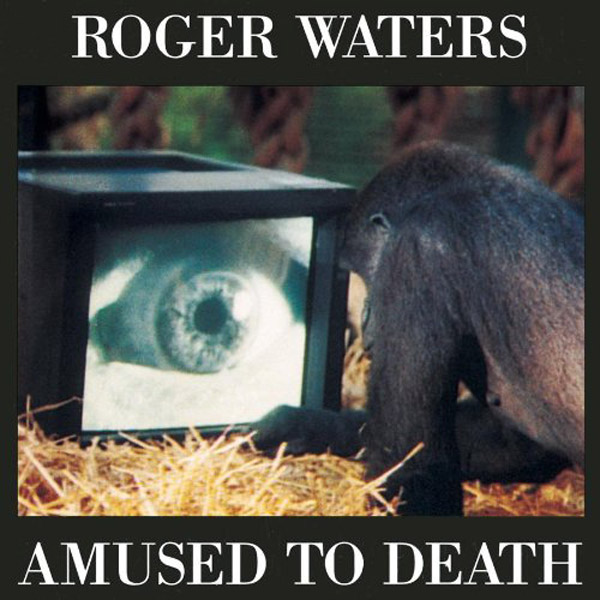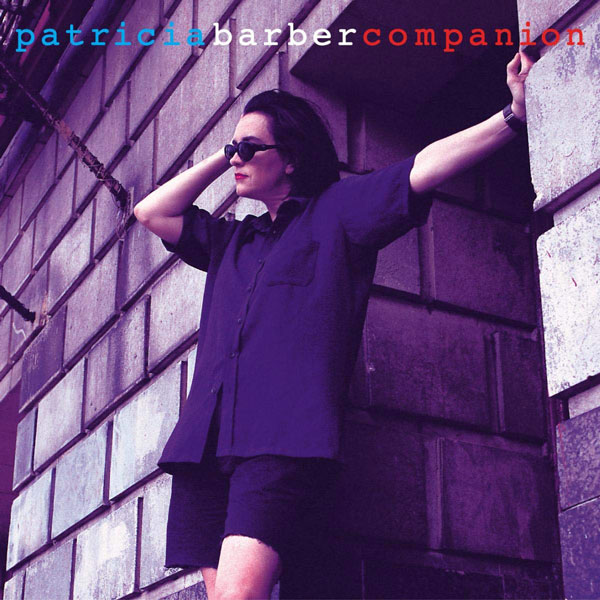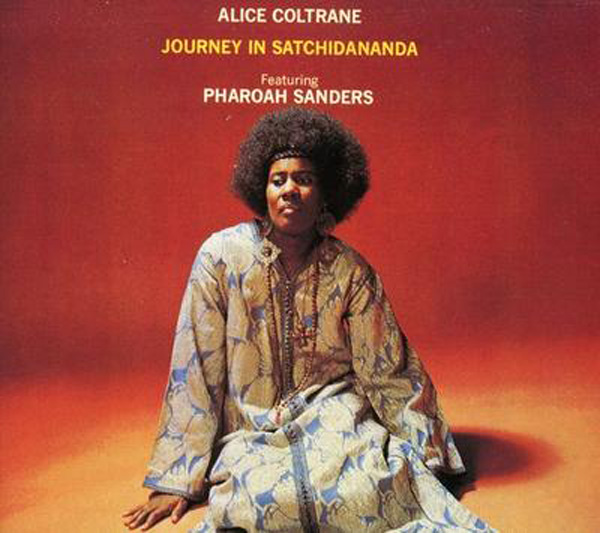| Columns Retired Columns & Blogs |
A measured, positive review of what looks to be a superb product artistically engineered with deliberation and care that sounds tremendous. And if you look closely, the reasons for this sound are in there too.
And yet it doesn't impress the bench.
Is the ear's fault or the bench's fault?













































